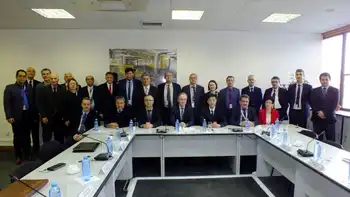Another ServiceOne Award for FPL
By Business Wire
High Voltage Maintenance Training Online
Our customized live online or in‑person group training can be delivered to your staff at your location.

- Live Online
- 12 hours Instructor-led
- Group Training Available
Worldwide consulting firm PA Consulting Group presents the award annually to recognize utilities for customer service excellence. With this year's award, FPL becomes the only utility to have won the ServiceOne award six times.
“The FPL customer service team is honored to receive the ServiceOne Award. We work day in and day out to help our customers, and we continue to strive to deliver them the best, most efficient service possible,” said Marlene Santos, FPL’s vice president of customer service.
“Across the electric utility industry, companies operate under a diverse set of circumstances that present obstacles in the form of economic conditions, customer demographics, and regulatory requirements,” said Mike Hormell, PA’s ServiceOne program director. “FPL recognizes that the road to top performance requires the development of custom solutions that target the specific needs and preferences of its customer base.”
The ServiceOne Award is based on a set of criteria that covers nearly all the functional areas within customer service operations typical for a North American utility. These functional areas include the contact center, billing, payment, revenue protection, credit and collections, meter reading and safety.
Here are some examples of how FPL excels:
• Excellent representative availability rate ensures that customers can easily reach FPL.
• Multiple bill payment options give customers a variety of choices.
• Substantial use of alternative communication channels allows more customer choice.
• One of the highest percent of calls completed in the Interactive Voice Response (IVR) system facilitates faster self-service.
• The lowest meter-reading error rate adds to customer confidence.
FPLÂ’s customer care center also earned the ServiceOne Balanced Scorecard Achievement Award for demonstrating best practices and excellence in operations along the components of cost, service level and safety.
FPLÂ’s typical residential customer bill is below the national average and the lowest of all 54 electric utilities in Florida, according to Florida Municipal Electric Association data for September 2009, the latest available.











